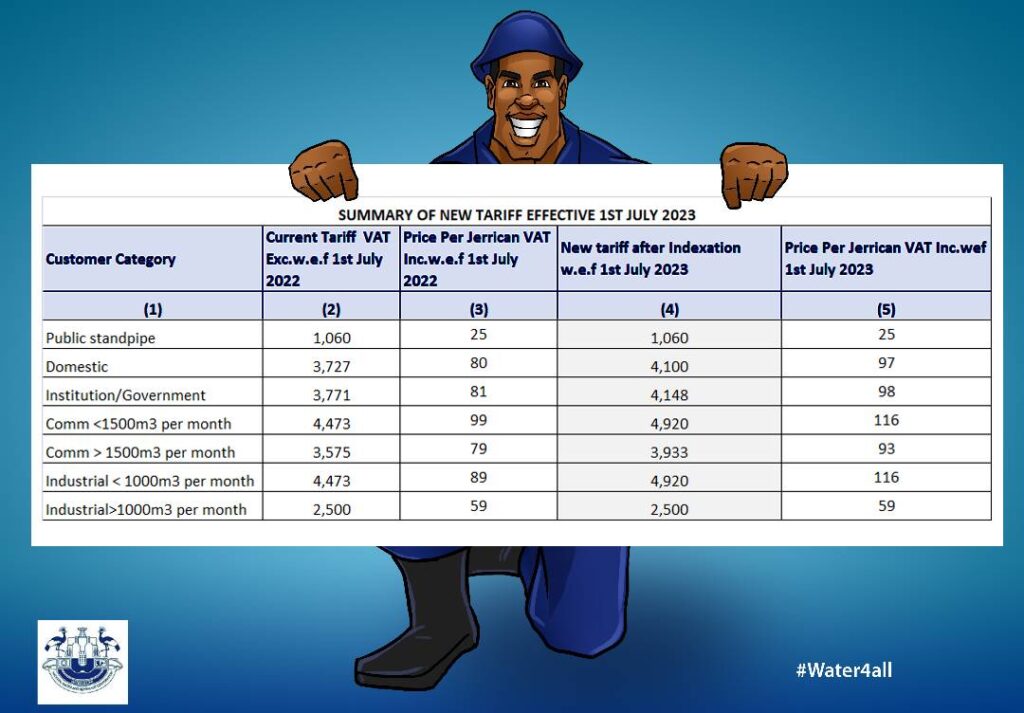
It is crucial for public utilities to adapt and evolve to ensure sustainable service delivery. The National Water and Sewerage Corporation (NWSC) has taken a proactive step by implementing tariff indexation, a mechanism that protects the real value of tariffs against various economic factors.
Under Statutory Instrument No. 50 of 7th December 2018, NWSC established an annual indexation framework based on the Domestic Price Index, Exchange Rate, Foreign Price Index, and Electricity Tariff. This approach ensures that the tariff structure remains responsive to prevailing economic conditions, safeguarding the corporation’s ability to provide uninterrupted services.
Acknowledging the extraordinary circumstances presented by the COVID-19 pandemic, NWSC exercised prudence by deferring indexation for three consecutive financial years: FY2019/2020, FY2020/2021, and FY2021/2022. This decision aimed to alleviate the economic burdens faced by the population during the crisis, showcasing NWSC’s commitment to its customers’ well-being.
In line with its mandate to balance economic viability and service quality, NWSC has recently implemented a tariff indexation of 10%. This adjustment encompasses a 5% deferred indexation, compensating for the deferred indexation in the previous three years, and an additional 5% to account for annual indexation. It is important to note that this indexation is not synonymous with a tariff increase; rather, it serves as a mechanism to maintain the real value of tariffs.
The primary objective of tariff indexation is to ensure that the tariffs charged by NWSC retain their purchasing power amidst changing economic conditions. By adjusting the tariffs according to the indexation framework, NWSC can cover the rising costs of inputs necessary to maintain service standards. This proactive approach enables the corporation to deliver consistent, reliable, and high-quality water and sewerage services to its customers.
Without tariff indexation, the value of the tariff would erode over time, resulting in insufficient funds to procure the required inputs. This would have a direct impact on NWSC’s ability to continue providing the same level of service excellence. The indexation mechanism acts as a safeguard, preventing the erosion of purchasing power and ensuring the sustainability of service delivery.
It is important to highlight that the recent 10% tariff indexation does not affect the tariff for public taps and the industrial rate. NWSC remains committed to providing accessible water resources to the public and fostering economic growth by offering competitive rates to industrial consumers.
NWSC’s implementation of tariff indexation is a testament to its dedication to maintaining service quality amidst evolving economic conditions. By adjusting tariffs in accordance with the Domestic Price Index, Exchange Rate, Foreign Price Index, and Electricity Tariff, NWSC ensures that its services remain sustainable and affordable for customers. The recent 10% indexation, comprising both deferred and annual adjustments, serves as a proactive measure to preserve the real value of tariffs. With this approach, NWSC continues to fulfill its mission of delivering reliable and high-quality water and sewerage services to the communities it serves, securing a prosperous and sustainable future for all.


